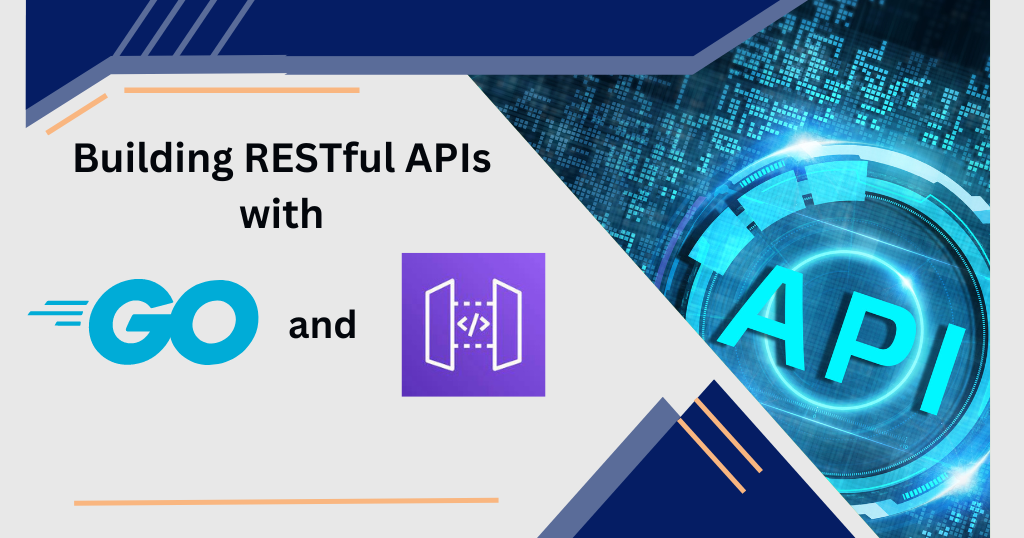Fintech
Binding seamless Technology with Finance



General Published on: Wed Jun 28 2023
Building scalable RESTful APIs is a critical requirement for modern web applications. Go is a powerful programming language that is particularly well-suited to building high-performance APIs. Amazon API Gateway is a fully managed service that makes it easy to create, deploy, and manage scalable APIs. In this article, we will explore how to use Go and Amazon API Gateway to build scalable RESTful APIs.
Go is a modern programming language that was designed to be fast and efficient. It is particularly well-suited to building high-performance APIs because it has a small memory footprint and supports concurrency. Go's built-in concurrency features make it easy to build scalable applications that can handle a large number of requests simultaneously. Go also has a rich set of standard libraries that make it easy to build complex applications quickly.
Amazon API Gateway is a fully managed service that makes it easy to create, deploy, and manage RESTful APIs. With Amazon API Gateway, you can create APIs that integrate with AWS services or third-party services. Amazon API Gateway handles all the scaling, routing, and security of your API, allowing you to focus on building your application logic.
To get started building a RESTful API with Go and Amazon API Gateway, you will need to create a new API Gateway REST API. You can do this by navigating to the Amazon API Gateway console and clicking the "Create API" button. You will be prompted to choose a protocol for your API (HTTP or WebSocket), and then you will be prompted to create a new API.
Once you have created your API, you can start building your API endpoints. You can define your API endpoints using the API Gateway console or by using the API Gateway REST API. To define your API endpoints using the API Gateway console, you can navigate to the "Resources" tab and click the "Create Resource" button. You will then be prompted to create a new resource and specify the HTTP method that you want to use (e.g., GET, POST, PUT, DELETE).
After you have defined your API endpoints, you can start building your Go application. You will need to create a new HTTP server that listens for incoming requests on a specific port. You can use Go's built-in HTTP server to do this. Here is an example of how to create a new HTTP server in Go:
Go File to be uploaded in AWS Lambda function
In this example, we are creating a new HTTP server that listens for incoming requests on port 8080. We are also defining a new handler function that will be called whenever a request is received on the root path ("/"). The handler function writes "Hello, World!" to the response body.
Once you have created your Go application, you can deploy it to AWS using AWS Elastic Beanstalk or AWS Lambda.
Elastic Beanstalk is a fully managed service that makes it easy to deploy, manage, and scale your applications. AWS Lambda is a serverless computing service that lets you run your code without provisioning or managing servers. AWS Lambda relates to API Gateway and on the trigger of the AWS Lambda function written in Golang, it executes.
Note: Currently, AWS Lambda does not provide features to type Go code, but you can type it in any code editor that supports Golang, and you can upload the same file.
Building scalable RESTful APIs with Go and Amazon API Gateway is a powerful combination that can enable you to build fast, efficient, and secure APIs that can handle a large number of requests. Whether you are building a new application or migrating to an existing one, Go and Amazon API Gateway can help you build the APIs that your business needs. With the combination of Go and Amazon API Gateway, you can create robust and scalable APIs that can handle a large number of requests.
With the ability to easily integrate with AWS services or third-party services, Amazon API Gateway makes it easy to build powerful APIs that can drive your business forward.

Get 30 Mins Free
Personalized Consultancy